
[Editor's note: This is the latest of a new feature on The Tyee through election day: Charting the Votes. In charts and prose, veteran political analyst Will McMartin breaks down the important factors in key B.C. races.]
Public opinion polls released since the start of the current federal general election campaign show that the Conservative party is leading in British Columbia with support from about two-in-every-five voters.
Three surveys released by Ipsos-Reid (on Sept. 13, 20 and 27) put the Tories in B.C. at 44 per cent, 44 per cent and 42 per cent, while a series of rolling polls by the Canadian Press Harris/Decima have calculated the Conservatives with support ranging from 35 per cent to 44 per cent.
Nearly all of the surveys have estimated that current Tory strength in B.C. is slightly above the level in the last two federal general elections. In 2004, the party captured 36.3 per cent of provincial ballots, and in 2006, 37.3 per cent.
An analysis of those election results, however, shows that Conservative support is not spread evenly across the province.
For purposes of analysis during the current federal election, The Tyee has divided B.C. into five electoral regions:
- Vancouver Island (six ridings)
- Vancouver City (the five ridings within the city's limits)
- Fraser South (eight ridings located in the Lower Mainland, south of the Fraser River)
- Fraser-Burrard (five Lower Mainland electoral districts located on the north side of the Fraser River, plus the two on the north shore of Burrard Inlet)
- Interior-North (the ten mainland ridings situated outside the Lower Mainland)
As the chart above indicates, the last two federal general elections saw Conservative support in the Interior-North and Fraser South regions well above their province-wide average.
In 2004, the Tories won 46.5 per cent of ballots in the Interior-North region, and 40.7 per cent in Fraser South. Two years ago, the party took 45.0 per cent in the Interior-North, and 43.7 per cent in Fraser South.
Again, province-wide support in those general elections was 36.3 per cent and 37.3 per cent respectively.
Where Conservatives thrive, and don't
Not surprisingly, the Tories captured a majority of the 18 seats in these regions in the last two federal general elections, taking 15 in 2004, and 13 in 2006.
By comparison, in the 18 ridings located elsewhere in the province, the Conservatives were victorious in just seven and four in 2004 and 2006 respectively.
Meanwhile, outside of those two regions, Tory support in Fraser-Burrard and Vancouver Island over the last two elections was slightly below the party's provincial average. It was lower still in Vancouver City, however, as the Conservatives were backed by just one in every five voters in B.C.'s largest city -- about half of their province-wide average.
Should the Conservatives hold their current level of support in B.C. through to election day, they could gain as many as three seats in the Interior-North and Fraser South regions -- B.C. Southern Interior, Newton-Delta and Richmond -- and perhaps four ridings in Fraser-Burrard and Vancouver Island -- West Vancouver-Sunshine Coast, North Vancouver, New Westminster-Coquitlam, and Vancouver Island North.
Gains in Vancouver City, however, appear to be unlikely. ![]()
Read more: Politics
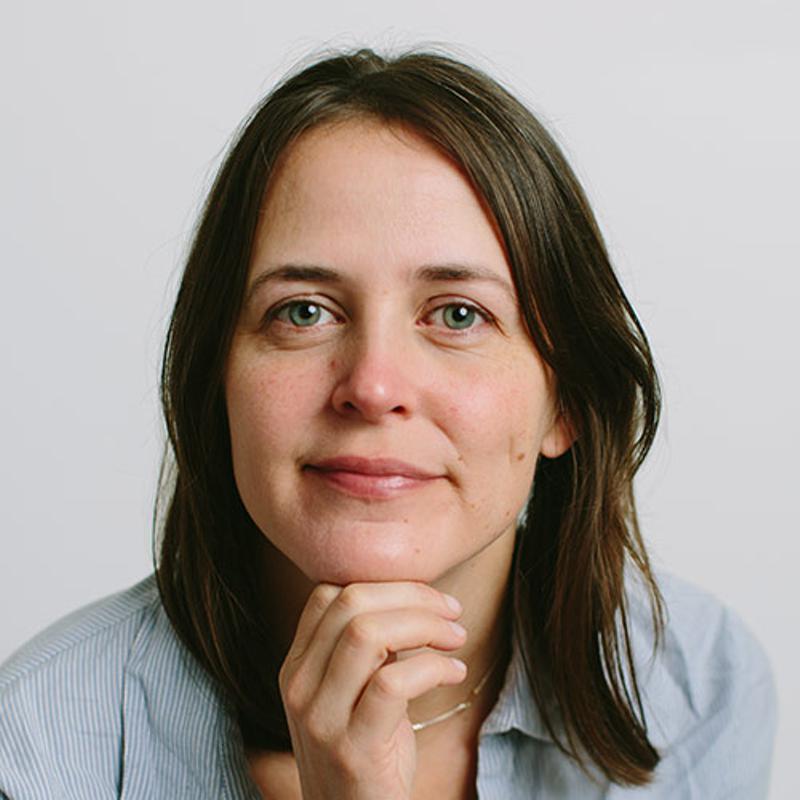


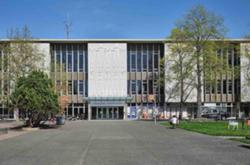
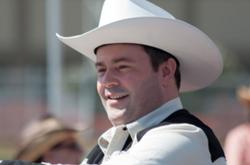

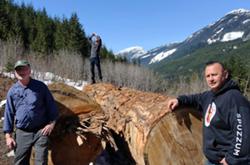


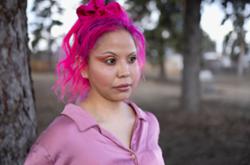
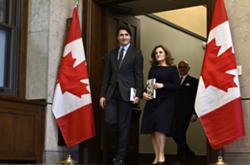
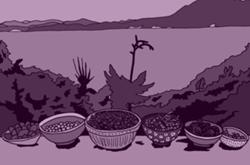
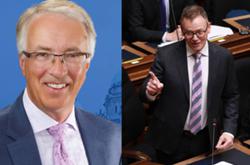

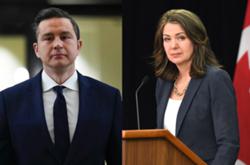
Tyee Commenting Guidelines
Comments that violate guidelines risk being deleted, and violations may result in a temporary or permanent user ban. Maintain the spirit of good conversation to stay in the discussion.
*Please note The Tyee is not a forum for spreading misinformation about COVID-19, denying its existence or minimizing its risk to public health.
Do:
Do not: